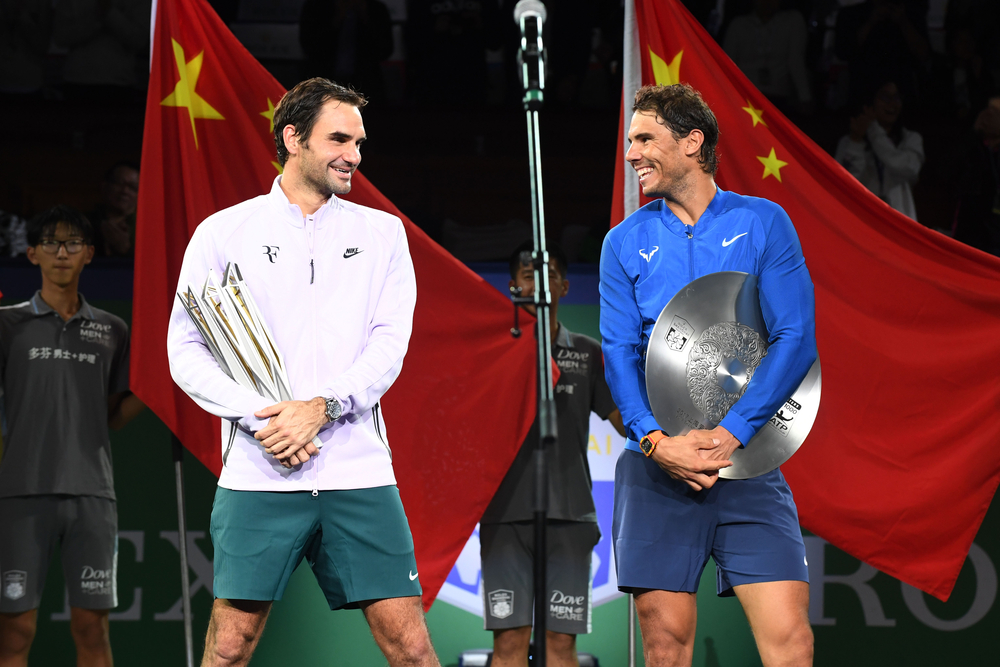Does Experience Help You Or Hurt You As A Startup CEO?

I used to love watching Roger Federer play tennis. He looked like he was gliding across the court. And, no matter how hot it is, the guy never sweats. Never.
[Do you want to grow your business? Maybe I can help. Click here.]
Then, there’s his polar opposite, Blossom’s favorite player, Rafael Nadal. Before he ever takes the court, Nadal looks like he’s been in a war.
Nadal is dripping with sweat before the match even starts. During a five set match, Nadal might lose eight pounds sweating. Now that’s hard work.
So, here we have the polar opposites, the guy who never sweats, Federer, and the guy who sweats and sweats, Nadal. Yet, when you examine what made them great (now that Nadal is retiring later this year), they are very similar:
It’s all the work you don’t see that allows entrepreneurs success.
No one trained harder than Federer and Nadal. No one.
You can read about Federer and Nadal’s training regimens here and here. As much as I love Federer, Nadal’s training routine is insane. Six and a half hours a day, six days per week during the offseason.
It’s what Malcom Gladwell describes, in his excellent book, Outliers, as his 10,000 hour rule. Simply put, the 10,000 hour rule is the amount of practice required before someone can achieve greatness.
It’s the Beatles, circa 1960, in Hamburg, playing three shows a night, every night. In tennis, it’s Nadal (sorry Roger, I’ve got to give it to Rafa on this one) putting in that extra effort in the offseason, so he has the strength to endure a five set marathon match in a major tournament.
That’s why most successful startup CEOs are in their 40’s.
For us entrepreneurs, it’s all the experience we gain before we become a startup CEO that gives us our 10,000 hours. Sorry, but the stories of the 20 year old CEO, coming out of nowhere to be a success, are the exception.
For the rest of us, we’ll learn through the work we do paying our dues. Watching, observing, and learning from each job we take along the way.
Harvard Business Review, and several other publications have published research showing that the average age of the most successful startup CEOs is in their 40’s. The reason for their success is experience matters. In other words, they’ve trained more than 10,000 hours.
You still need a plan, no matter how experienced you are.
Successful entrepreneurs use all their experience, that 10,000 hours, to develop their strategy and plan. They know what to do based on experience.
Yet, the best entrepreneurs I’ve ever worked with always had a plan. It might not be long, and it might not be detailed, but they always had a plan.
For example, the company I cut my teeth at, Maxim Integrated Products, had a 2.5 page business plan they used to raise their initial funding. The key founders, all in their 40’s at the time, knew what to do, yet they still took the time to develop a plan.
That plan, followed through the life of the company, led to a $2 billion/year business with net margins of almost 40%.
So, sorry, if you think the route to success is just winging it, then good luck to you. Me? I’ll be with Federer and Nadal, working hard into the night to give myself an edge.
